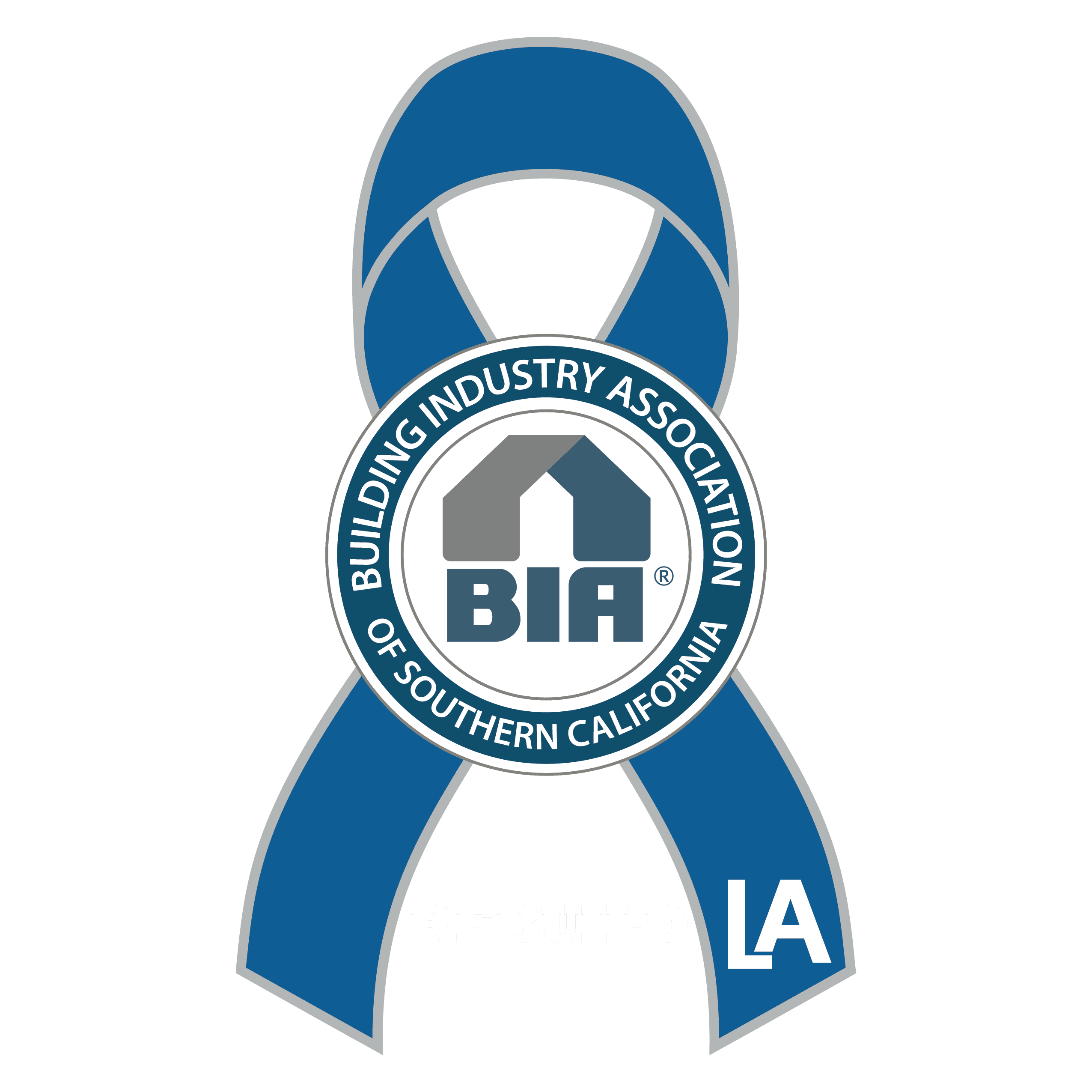In February 2021, Assembly Member Robert Rivas introduced the California Clean Water Act (AB 377). The bill seeks to eliminate all “impaired waterways” and make all water segments in the state clean enough to drink from by the year 2050.
While this bill makes the case for drastic changes to California’s method of controlling, cleaning and reusing water sources, passage could have a massive financial impact on the state’s construction and building companies.
AB 377, if put into act, would require state and regional boards to legally enforce all exceedances of water quality standards that are causing or contributing to violations of standards by 2023. The bill would further require the state and regional boards to evaluate and assess impaired state surface waters by 2025. The plan would require all surface water ways to be up to the proposed standards by 2050. AB 377 proposes a state and regional board requirement to update the report with a progress summary to the Legislature every five years. The bill requires financial penalties if compliance is not met and funds will be deposited into a new fund account, the Waterway-Recovery Account in the Waste Discharge Permit Fund.
The issue with the proposed California Clean Water Act is there is little to no regard for the varying conditions throughout the large state of California. It is dismissive of existing agreements and would affect industries dramatically and potentially be detrimental. The Act is outright not feasible in the timeline proposed and suggests all other existing state water programs are ineffective, needing replacement. While standards should be upheld in terms of water runoff at construction sites and new building, this bill does not take into consideration the constant evolution of water quality standards and the rigorous process involved. This bill will increase costs for builders and eventually trickle down to a rise in cost for homeowners and HOA fees. Under AB 377, HOA’s will be required to monitor their association, spiking HOA fees.
Simply put, the bill proposal needs to reconsider scientific-based solutions with technology integration that will allow realistic continuance and success in all industries. A solution specific to builders should be provided along with recognizing the incredible benefits new construction provides including new energy-preserving appliances, water preserving fixtures and meeting affordable housing needs. According to research from the Pacific Institute, appliance and fixture upgrades alone can reduce water use by up to 5 million acre-feet annually; enough water to supply more than 13 million families in a year.
Water reuse systems are in action across the state, but more can be done. In Southern California specifically, our cities have been designed to remove rainwater runoff to reduce the risk of flooding. This freshwater being flushed directly into the ocean can be reused in many ways without a large upheaval to businesses and water standards currently in place. Another solution is acknowledging the benefits new construction comes with. New piping, water-efficient upgrades in every new building, utilizing underground aquifers for stormwater capture and installing green infrastructures can and will improve water supply reliability in California. All in all, AB 377 does not offer a sustainable solutions approach. The water quality programs enacted within the state need to require consideration of their negative impact to our communities and business’s ability to grow and thrive within them.
To stay up-to-date with the latest news from BIASC visit our website.
